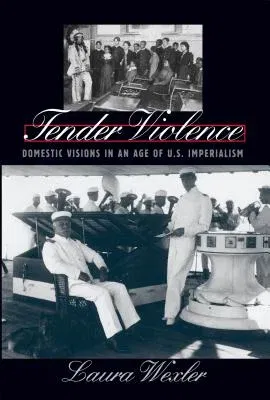Laura Wexler
(Author)Tender Violence: Domestic Visions in an Age of U.S. ImperialismPaperback, 6 November 2000

Qty
1
Turbo
Ships in 2 - 3 days
In Stock
Free Delivery
Cash on Delivery
15 Days
Free Returns
Secure Checkout
Part of Series
Cultural Studies of the United States
Part of Series
Cultural Studies of the United States (Paperback)
Print Length
384 pages
Language
English
Publisher
University of North Carolina Press
Date Published
6 Nov 2000
ISBN-10
0807848832
ISBN-13
9780807848838
Description
Product Details
Author:
Book Format:
Paperback
Country of Origin:
US
Date Published:
6 November 2000
Dimensions:
23.44 x
15.49 x
2.24 cm
Genre:
Feminine
ISBN-10:
0807848832
ISBN-13:
9780807848838
Language:
English
Location:
Chapel Hill
Pages:
384
Publisher:
Weight:
544.31 gm

